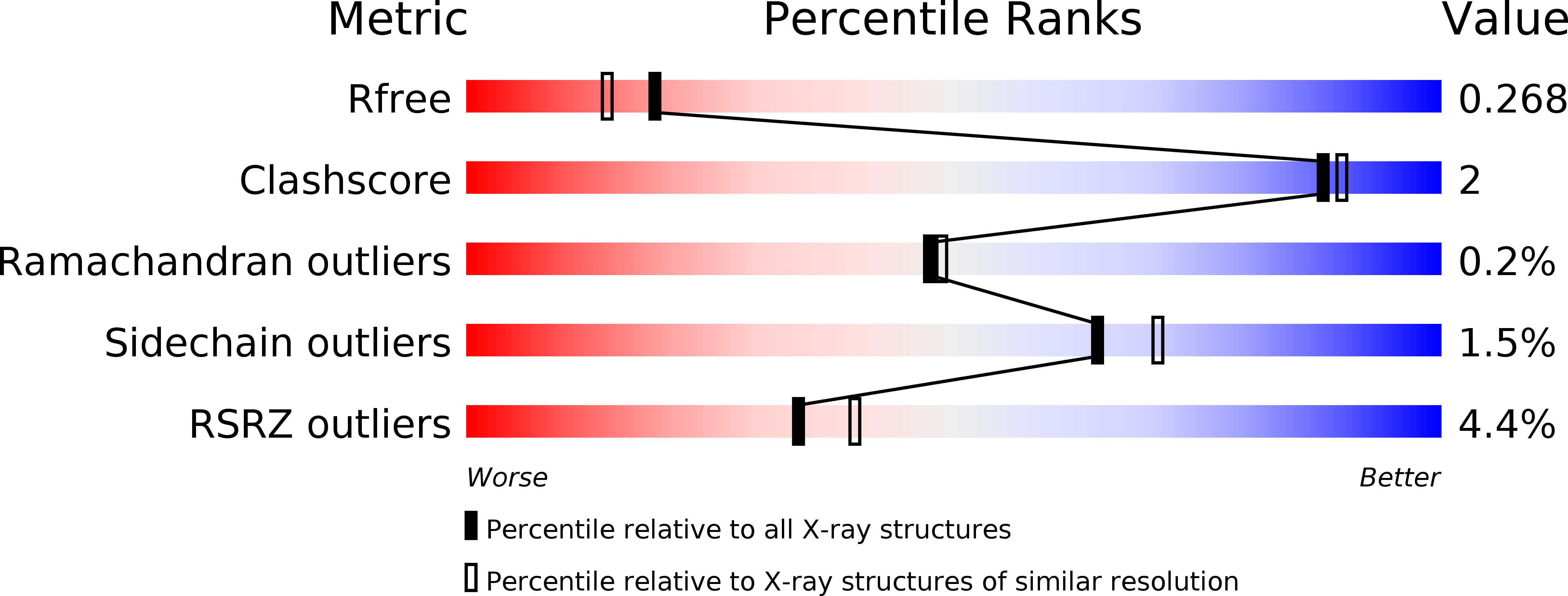
Deposition Date
2014-04-29
Release Date
2014-05-21
Last Version Date
2024-05-08
Method Details:
Experimental Method:
Resolution:
2.10 Å
R-Value Free:
0.23
R-Value Work:
0.20
R-Value Observed:
0.21
Space Group:
P 21 21 21


